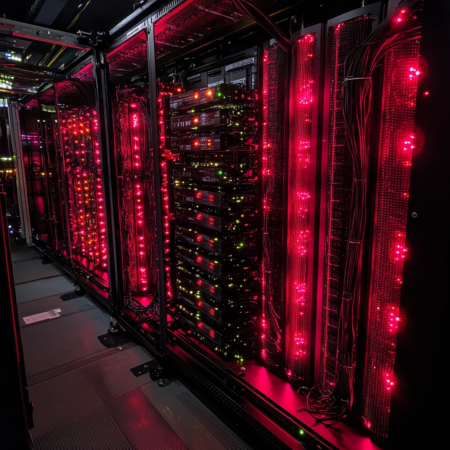Summary Points
-
Significance of Segmentation: Segmentation in microscopy is essential for understanding cellular processes, enabling applications like drug response analysis and genotype comparisons.
-
Innovative Method Development: An international team, led by Göttingen University, developed "Segment Anything for Microscopy" by retraining existing AI software on a vast dataset of over 17,000 annotated images, improving automatic segmentation capabilities.
-
User-Friendly Interface: The team introduced μSAM, a software that allows researchers and medical professionals to efficiently segment various biological structures in microscopy images without manual annotation, significantly reducing analysis time.
- Wide Application and Impact: μSAM is already impacting diverse fields, including hearing restoration research, cancer studies, and geological analysis, transforming labor-intensive processes into quick, automated tasks and opening doors for innovative research applications.
Automatic Cell Analysis Expands Research Opportunities
A groundbreaking advancement in automatic cell analysis is transforming microscopy research. Researchers at Göttingen University have developed an innovative AI model called Segment Anything for Microscopy. This model enhances cell segmentation, crucial for understanding biological processes.
Identifying and delineating cell structures, known as "segmentation," plays a vital role in various applications. For instance, it allows scientists to analyze how cells react to drug treatments. Additionally, it aids in comparing cell structures across different genotypes. Previously, automatic segmentation methods faced limitations, as they only worked under specific conditions. Adapting these methods to new situations proved costly and time-consuming.
Now, the Göttingen team has retrained existing AI software on a massive dataset of over 17,000 microscopy images, with hand-annotated structures totaling more than 2 million. This extensive training has equipped the new model to segment a wide array of images, from tissues to individual cells.
To ensure accessibility, the researchers created μSAM, a user-friendly software. This tool allows researchers and medical professionals to perform segmentation without the need for manual annotations or specific AI training. The software is already making waves worldwide, aiding in projects like analyzing nerve cells related to hearing restoration and studying artificial tumor cells for cancer research.
"Analyzing cells or other structures is one of the most challenging tasks for researchers in microscopy," says Junior Professor Constantin Pape. "μSAM has changed this! Tasks that previously took weeks now require just hours." This time-saving automation enhances the efficiency of research, opening doors to new applications in both fundamental biology and medical diagnostics.
Furthermore, the adaptability of μSAM means researchers can refine the segmentation process with just a few clicks. This ease of use empowers scientists across diverse fields, facilitating groundbreaking discoveries and accelerating advancements in medical technology. With increasing international adoption, the potential for this AI-driven tool continues to grow, promising a brighter future for cellular research and beyond.
Stay Ahead with the Latest Tech Trends
Explore the future of technology with our detailed insights on Artificial Intelligence.
Discover archived knowledge and digital history on the Internet Archive.
SciV1

